Safety Deficiencies
Background
Tens of thousands of people die each year in automobile crashes across the United States. In the State of Michigan, approximately 1,000 die each year, a number that has grown as the economy has improved. Congestion, alternative transportation modes, driving habits, and changing design standards can render infrastructure functionally outdated. Crashes are a critical indicator when this happens, allowing engineers and planners to identify high frequency traffic conflicts. Since most crashes occur due to human error, no level of improvement could prevent all crashes. However, the process of using crash data to justify improvements, to mitigate human error, remains an important part of developing a safer roadway system. WATS uses crash location data, which has improved with time and technology, to identify problem road segments and intersections and provides this data to local safety engineers for problem solving.
Safety deficiencies
The maps below show locations identified as priority crash intersections and segments based on five years of crash data. The maps use a SEMCOG analysis which groups facilities by type, ranks them by crash frequency, and selects the top 5%. This analysis is a high level data-based review, and is only meant to inform projects as they are developed, rather than dictate needs. Each road segment is different, and there may be many confounding factors that lead to a higher crash rate on specific segments.
The maps below are created using SEMCOG’s High-Priority Safety Locations data. For more information: https://maps.semcog.org/safety/
